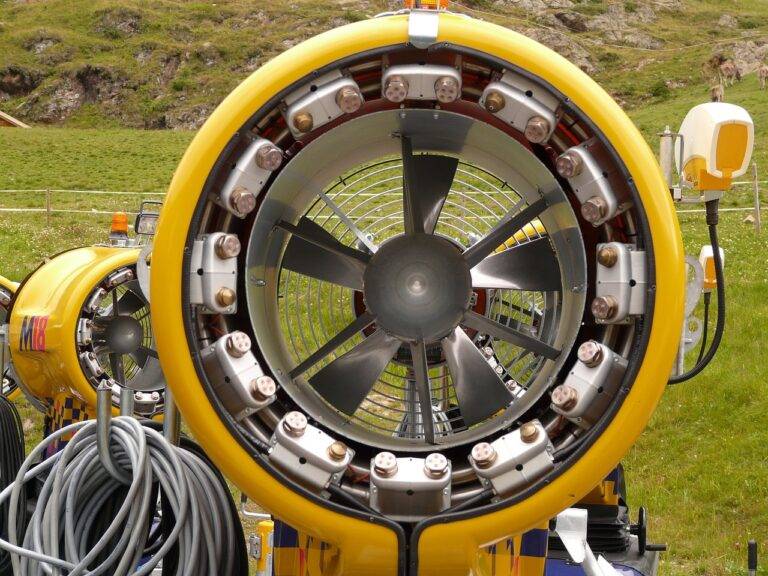Connected Car Technology: Transforming the Driving Experience
Connected car technology has revolutionized the way we interact with our vehicles. From real-time diagnostics to remote control features, the convenience and peace of mind it offers are unparalleled. With the ability to monitor vehicle performance and receive alerts about maintenance issues, drivers can stay on top of their car’s health like never before.
Moreover, the integration of connected car technology with smartphone apps has made it easier for users to access important information and services on the go. Whether it’s locating a nearby charging station for electric vehicles or remotely starting the car on a cold winter morning, the possibilities with connected car technology are endless. In addition to enhancing the driving experience, these advancements also contribute to a more efficient and sustainable way of using vehicles.
Enhanced Safety Features
One of the most significant advancements in automotive technology is the integration of enhanced safety features in modern vehicles. These safety features are designed to provide a higher level of protection for both drivers and passengers on the road. From collision warning systems to automatic emergency braking, these technologies work together to reduce the risk of accidents and mitigate their severity.
In addition to collision avoidance systems, many new cars come equipped with features such as lane departure warning, adaptive cruise control, and blind spot monitoring. These technologies help drivers stay alert and aware of their surroundings, making it easier to navigate busy roads and highways safely. As vehicles become more connected, these safety features will continue to evolve and provide even greater protection for everyone on the road.
• Lane departure warning systems help drivers stay in their lane and avoid drifting into other lanes
• Adaptive cruise control adjusts the vehicle’s speed to maintain a safe following distance from other vehicles
• Blind spot monitoring alerts drivers to vehicles in their blind spots, reducing the risk of accidents during lane changes.
Improved Navigation Systems
One of the standout advantages of modern vehicles equipped with advanced navigation systems is the heightened accuracy and precision in guiding drivers to their destinations. Gone are the days of fumbling with paper maps or struggling to follow directions from a mobile device. With improved navigation systems, drivers can effortlessly input their desired location and receive real-time, turn-by-turn directions, ensuring a smoother and stress-free driving experience. This not only saves time but also enhances overall journey efficiency.
Moreover, the integration of voice-guided navigation in modern vehicles provides an added layer of convenience and safety. By allowing drivers to access directions through verbal commands, they can keep their focus on the road ahead, reducing the risk of distractions or accidents. This hands-free approach to navigation not only streamlines the driving process but also promotes a more secure driving environment for both the driver and passengers.
What are the benefits of connected car technology?
Connected car technology allows for real-time communication between vehicles, creating a network that can provide traffic updates, weather alerts, and navigation assistance.
How do enhanced safety features improve the driving experience?
Enhanced safety features such as automatic emergency braking, lane departure warnings, and adaptive cruise control help drivers avoid accidents and stay safe on the road.
How do improved navigation systems benefit drivers?
Improved navigation systems offer more accurate and up-to-date maps, real-time traffic information, and voice-guided directions, making it easier for drivers to reach their destination efficiently.





